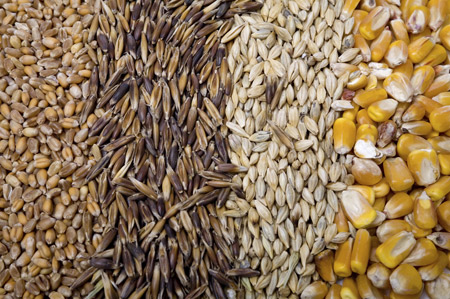 (Investing.com) – U.S. wheat futures fell to a more than three-week low on Friday, as market players continued to liquidate long positions amid easing concerns over tightening global supplies.
(Investing.com) – U.S. wheat futures fell to a more than three-week low on Friday, as market players continued to liquidate long positions amid easing concerns over tightening global supplies.
On the Chicago Mercantile Exchange, U.S. wheat for July delivery fell to a session low of $6.7040 a bushel on Friday, the weakest level since April 23, before subsequently settling at $6.7420 a bushel by close of trade, down 0.59%, or 4.0 cents.
Wheat prices have been under heavy selling pressure in recent sessions after the U.S. Department of Agriculture projected higher global supplies than analysts had expected earlier this month.
Wheat futures have declined for the past eight consecutive sessions, the worst losing streak in ten months.
On the week, the July wheat contract lost 4.8%, or 34.0 cents, the first weekly decline in five weeks.
Meanwhile, U.S. corn for July delivery shed 0.15%, or 0.6 cents, on Friday to close the week at $4.8340 a bushel. Prices hit $4.8020 a bushel earlier in the day, the lowest since March 31.
The July corn contract dropped 4.72%, or 24.0 cents on the week as beneficial weather in the U.S. Midwest aided planting progress.
The USDA said that 59% of the U.S. corn crop was planted as of last week, compared to 29% a week earlier. The five-year average for this time of year is 58%.
Elsewhere on the Chicago Board of Trade, U.S. soybeans for July delivery slumped 0.36%, or 5.2 cents, on Friday to settle the week at $14.6500 a bushel.
On the week, the July soybean contract lost 1.47%, or 22.0 cents.
The National Oilseed Processors Association said Thursday that processors crushed 132.66 million bushels of soybeans during April, roughly in line with market expectations.
In the week ahead, market players will focus on the release of key USDA data, including crop progress and weekly export sales figures.
Corn is the biggest U.S. crop, followed by soybeans, government figures show. Wheat was fourth, behind hay.




